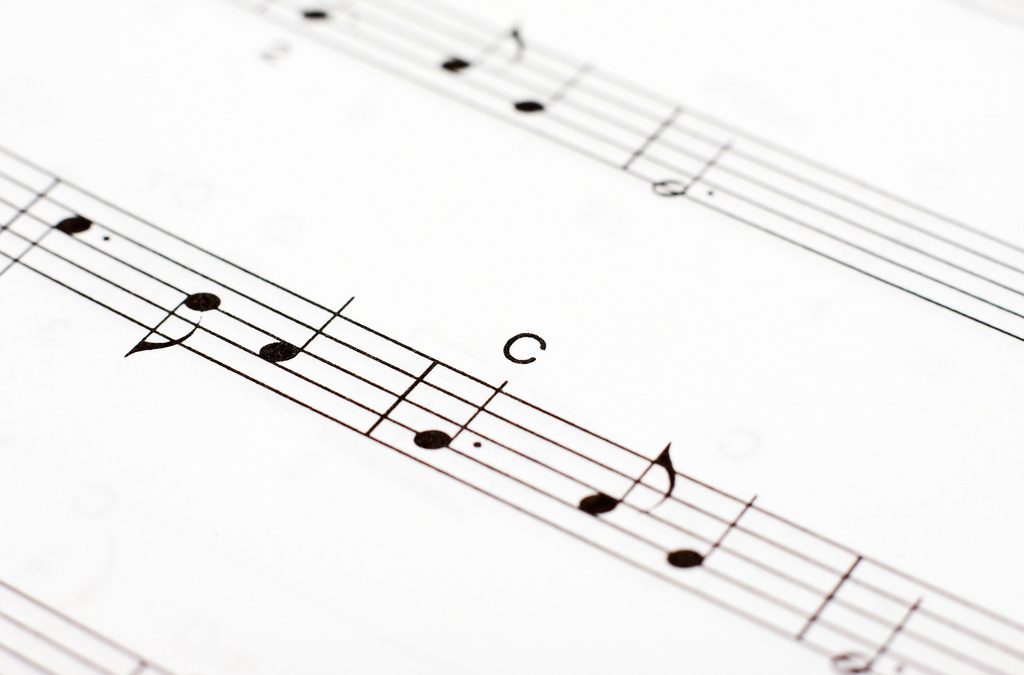This is the first part of a series of posts dedicated to each of the major ear training concepts. My intention is to briefly describe each skill, identify what it is good for, and give you some advice on how to develop it. Let’s begin with rhythm recognition.
Rhythm is an essential element of music. It gives notes their duration and allows silences to add breathing room. The fundamental part of rhythm is the beat, which gives music its regular heartbeat. By diving a bit deeper, the beat can be subdivided into individual notes. If we string a few beats together and subdivide them in different ways, we can end up with rhythm patterns. The more beats we string together, the longer the patterns are.
The purpose of rhythm recognition exercises is to develop a sense of beat and its subdivisions. Over time this makes it possible to hear and memorize increasing long and complex rhythm patterns. You can then use this ability to reproduce rhythms your hear by clapping your hands, tapping your foot, or playing your instrument. Over time, many rhythms are internalized and become second nature. Once you get to that point, you will find it easy to improvise rhythm in your playing.
There are many ways to develop a sense of rhythm, but here is a simple one to start:
- Take a metronome and set it to quarter note = 90bpm.
- Tap your foot and clap at the same time as each metronome click. Try to get as close as possible; not too early and not too late. Mastered it? You now have a sense of the quarter note beat.
- Now, keep tapping your foot on the click but clap each beat twice; once on the click and once in between the current click and the next. Again, try to be as even as possible and make sure you land right in the middle. Aced it? You can now subdivide the beat into two eighth notes.
- If you’re feeling confident, try to clap each beat three times. This can be a bit tricky but the idea is the same as before. Try to fit three claps into the duration of a single beat; once on the metronome click and twice between the clicks. Don’t worry about the math. Just try to be as even as possible.
- Finally, if you’re feeling good about triplets, you can try clapping a two beat pattern. For the first beat, you can clap twice (eighth notes) and for the second, you can clap three times (triplets). No problem? Great!
- Not sure if you’re even? Record yourself while practicing. This a great way to judge your rhythm.
Ready to start learning?
Join 13,500+ happy users today!
We offer a 14-day money back guarantee, so purchasing is risk-free!

